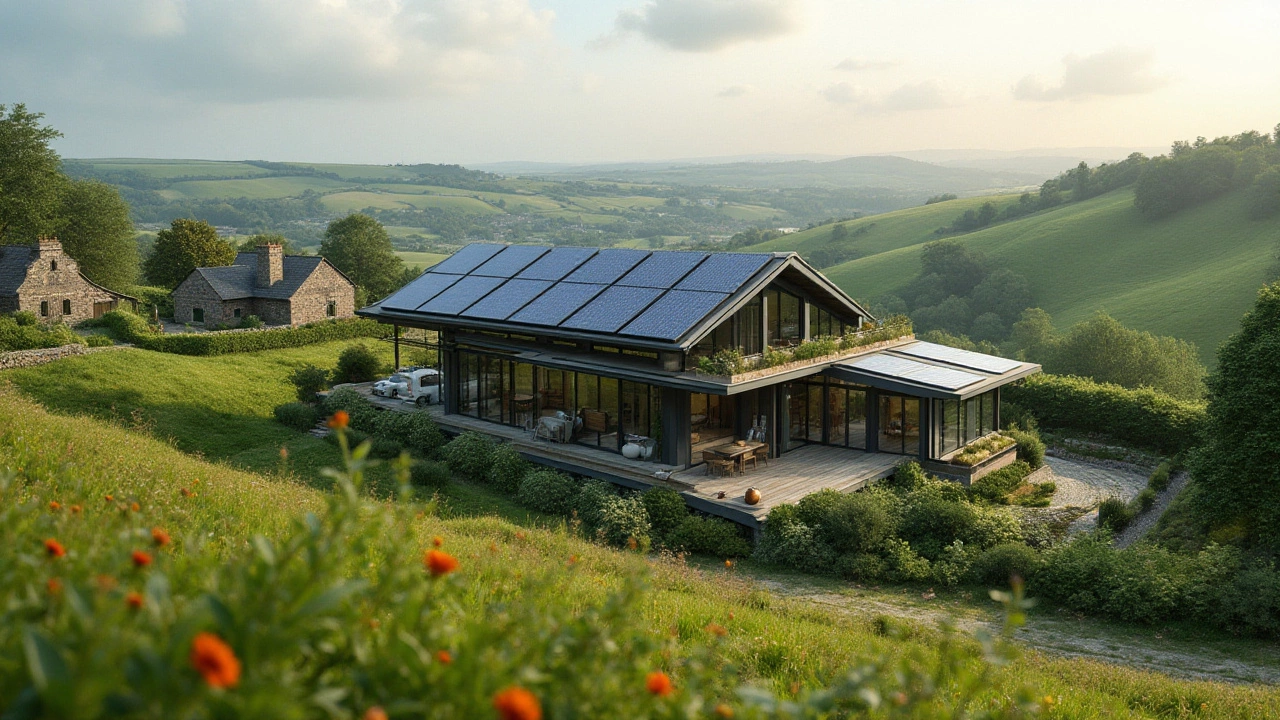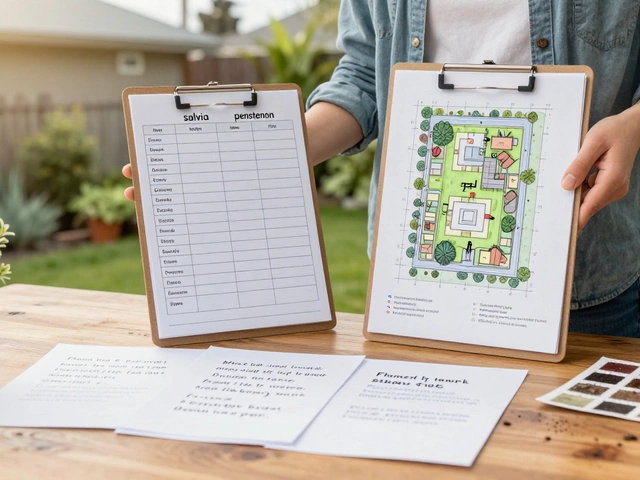Construction Techniques: Modern Methods, Tools, and Tips
When working with construction techniques, the methods professionals use to build, repair, or remodel structures. Also known as building methods, they shape everything from a new home to a kitchen facelift.
A builder the individual or firm that oversees the physical execution of a project picks the technique that fits the budget, timeline, and site conditions. The right choice can mean the difference between a smooth finish and costly re‑work.
Similarly, a construction company the organization that manages resources, permits, and tradespeople for large‑scale work brings its own standards and preferred processes, often dictating which methods are used on a given job site.
Choosing the appropriate building material such as timber, steel, or prefabricated panels is a core part of any technique because it affects strength, sustainability, and finish quality. Modern projects increasingly favor lightweight steel frames or cross‑laminated timber for speed and eco‑friendliness.
Why technique matters today
Traditional methods like brick‑by‑brick masonry still have a place, but they often require more labor and time. construction techniques now lean toward prefabrication, where wall panels, floor slabs, and even whole rooms are built off‑site and assembled quickly. This shift reduces waste, cuts on‑site disruptions, and improves consistency.
Safety is another driver. Methods that use modular components lower the need for heavy lifting and prolonged exposure to dust, which aligns with stricter health regulations. Builders who adopt such techniques report fewer on‑site injuries and smoother inspections.
Cost control is tied directly to technique selection. A builder who opts for dry‑lining instead of traditional plaster can finish a wall in days rather than weeks, saving both labor and financing charges. Meanwhile, construction companies that invest in BIM (Building Information Modeling) can simulate different methods before breaking ground, spotting costly conflicts early.
Project planning also hinges on technique. When a renovation involves historic homes, a builder may need to blend old‑world plasterwork with modern insulation—a hybrid approach that respects heritage while meeting energy standards. In contrast, a new build in a suburban development often benefits from repetitive, fast‑track methods like panelised walls.
Tools evolve alongside techniques. Laser levels, power tools, and moisture meters enable precise execution of modern methods, while traditional hand tools remain essential for bespoke carpentry. Understanding which tool pairs with which technique prevents delays and ensures quality.
Environmental impact is now a top consideration. Sustainable techniques—such as using reclaimed timber, low‑VOC finishes, or insulated concrete forms—help meet green certification goals. Builders and construction companies that integrate these options not only attract eco‑conscious clients but also future‑proof their projects against tightening regulations.
Finally, client expectations shape technique choices. Homeowners often ask for quicker turn‑around times, minimal mess, and high‑end finishes. By explaining the benefits of a particular method—like how prefabricated bathroom pods cut installation time by half—builders build trust and justify pricing.
Below you’ll find a curated list of articles that dive deeper into specific techniques, material choices, and real‑world case studies. Whether you’re a DIY enthusiast or a seasoned professional, the posts ahead will give you actionable insights to choose, plan, and execute the right construction technique for any project.
Building the Ultimate Durable Home: Top Materials and Techniques
Building a durable house is essential for ensuring longevity and safety in the face of natural disasters and everyday wear. This article explores some of the most resilient building materials and innovative construction techniques that promise to stand the test of time. It provides insights into why certain materials, like concrete and steel, are favored for their strength. The article also delves into modern practices, such as green building and sustainable designs, that not only enhance durability but also reduce environmental impact. Whether you're planning a new build or renovating an existing structure, this information will be valuable.
full article




